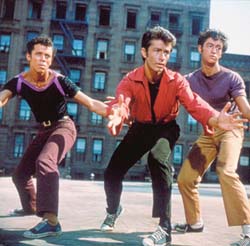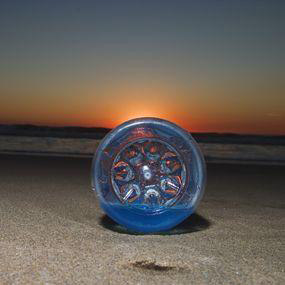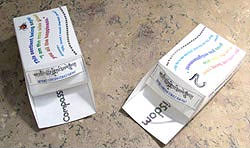 I took my children to see an excellent revival of “West Side Story” yesterday and was happy to behold that they gave the show a standing ovation (kids generally love standing ovations). I drove home singing songs from the world-famous musical aloud until the kids politely asked me to shut up, and then I continued to sing “Somewhere” and “Tonight” in my head for many more hours, thinking that Leonard Bernstein was so inspired, so alive, so connected to creative force when he wrote those songs that he must have felt on fire!
I took my children to see an excellent revival of “West Side Story” yesterday and was happy to behold that they gave the show a standing ovation (kids generally love standing ovations). I drove home singing songs from the world-famous musical aloud until the kids politely asked me to shut up, and then I continued to sing “Somewhere” and “Tonight” in my head for many more hours, thinking that Leonard Bernstein was so inspired, so alive, so connected to creative force when he wrote those songs that he must have felt on fire!
I later researched the musical’s history online and discovered that this replaying of the Romeo/Juliet story was originally intended to be sculpted around the romance of an Irish Catholic boy and a Holocaust-surviving Jewish girl on an Easter-Passover weekend!
How interesting! Here’s Wikipedia’s write-up:
In 1949, [playwright] Arthur Laurents and [director, choreographer] Jerome Robbins planned to write a modern story, based on Romeo and Juliet, for a new musical called “Gangway,” which was later changed to “East Side Story” – a Shakespearean conflict set in New York City slums. Taking place on the east side of Manhattan, the plot was to focus on a young Italian-American Catholic boy who falls in love with a Jewish girl who has survived the Holocaust and immigrated from Israel to America. It was to be set during the Easter-Passover weekend celebration. The conflict was to be centered around anti-semitism of the Catholic “Jets” and resentment of the Jews or “Emeralds” (a name that made its way into the script as a reference). But the creators came to feel that the story was already dated and that its themes had already been covered in plays like “Abie’s Irish Rose,” and so the piece was shelved – for almost five years. In 1954, upon seeing a new wave of migration from Puerto Rico and reading news of gang wars, Laurents changed the characters’ background: the lead, Anton, changed from an Italian-American to a Polish-American, and Maria changed from a Jew to a Puerto Rican.
Folks needing to work out Jewish/Christian tensions would have to wait until 1964 for “Fiddler on the Roof.” Tradition!

